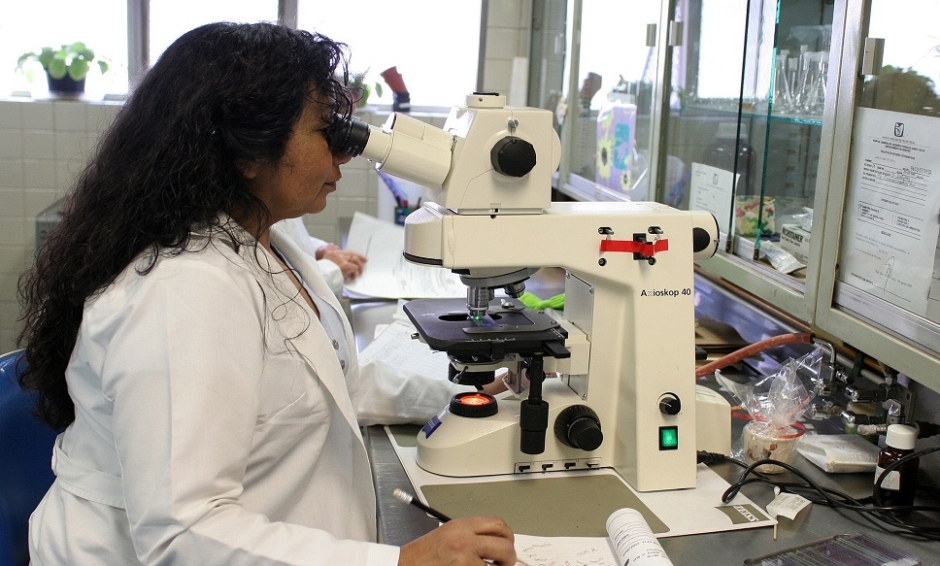AN ANIMAL testing alternative may soon be available after researchers at Bingham University, Binghamton, New York, USA, achieved a breakthrough in the development of a model kidney.
Prof Gretchen Mahler and Dr Courtney Sakolish, Department of Biomedical Engineering, Binghamton University, Binghamton, New York, USA, have created a multi-layered, reusable, microfluidic device combining physiological fluid flow with a porous growth substrate and the passive filtration of the capillaries reflective of that observed in the glomerulus.
Prof Mahler explained that the idea was to replicate a major organ that can work in a similar, simplified way to a human organ and not to create a model that can replace organs and tissue. The model kidney will help researchers to focus on producing promising new drug candidates and to decipher which candidates will fail faster, saving both time and money. After examining results, the necessity of the filtration of the glomerulus was highlighted to ensure the function of healthy cells. It was also suggested that cells displayed more natural behaviour when grown in the device rather than in traditional culturing methods.
Dr Sakolish gave more detail about the model kidney: “We found that the more complex, dynamic culturing conditions (like those used in this project) are necessary to accurately predict renal drug toxicity in human systems. When we compared physiological renal function and drug toxicity in traditional static culturing against our new model, we found significant differences in the ways that cells behaved”. She continued to explain how their platform demonstrated a more sensitive response to drugs compared to the traditional static culturing.
In addition, Prof Mahler explained: “This type of device uses human cells in a dynamic, more physiologic environment, potentially making it better at predicting the body’s response to drugs than animals (animal effectiveness studies often don’t translate to humans) or static cell cultures, which are the most commonly used preclinical screening tools.”
The ways in which drugs interact with tissues and cells can now be examined, and researchers are optimistic that the model kidney will aid progression, reducing the need for research on live kidneys. In the future, researchers hope that the model kidney will allow them to work through any problems that may occur in treatments or medicines and provide more accurate results than those found from animal testing.
(Image: freeimages.com)






